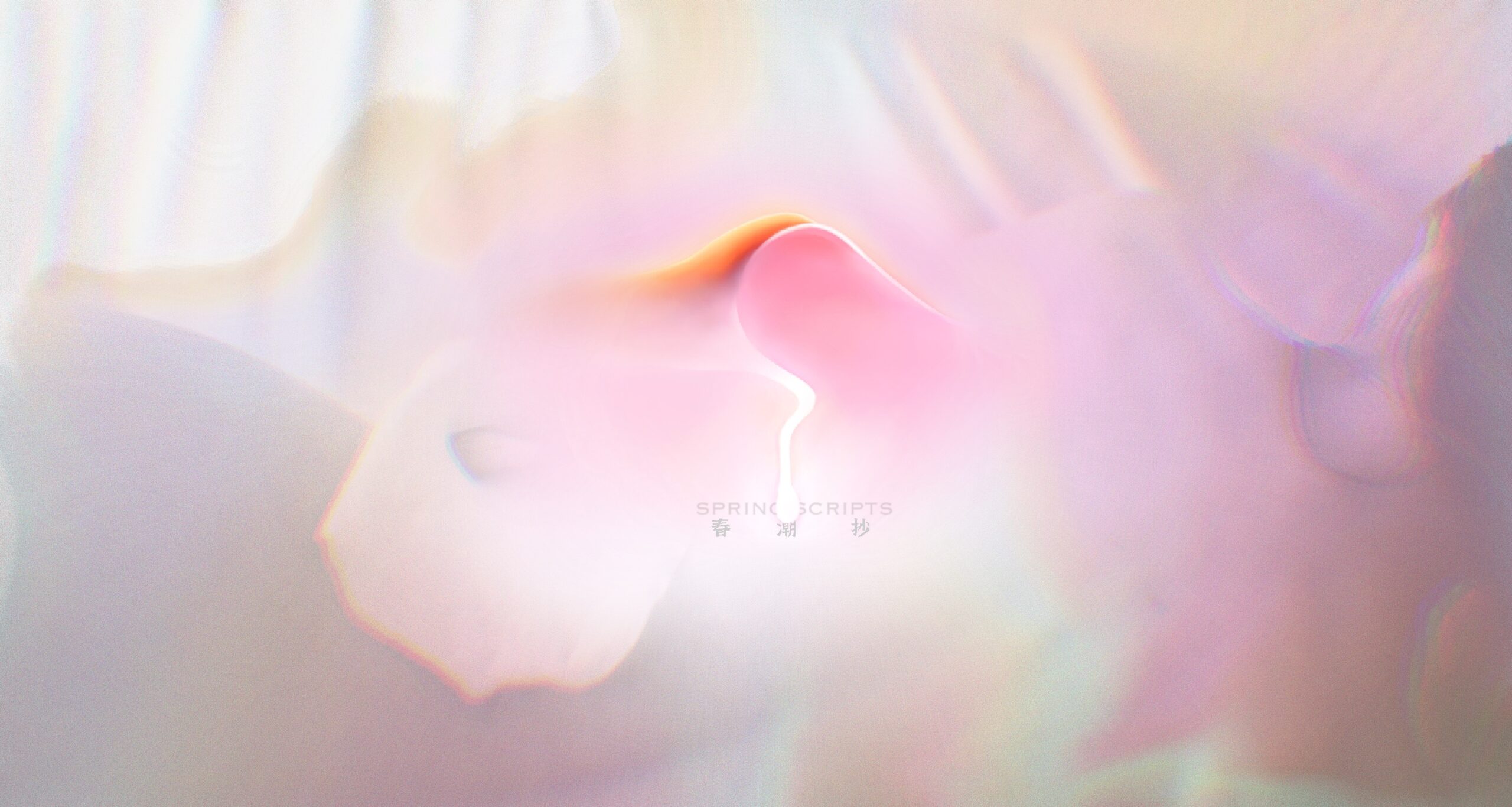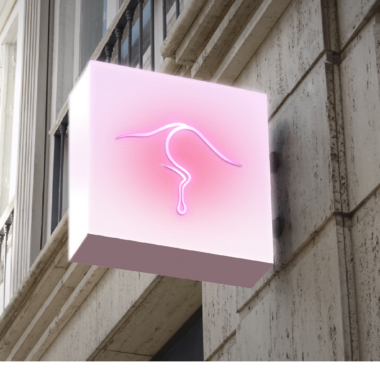
The Cháo logo combines two elements: mountains and water, drawing inspiration from traditional Chinese understandings of sexuality and reverence for nature.
In the ancient text Da Dai Li from the pre-Qin era, it is written: “Hills represent male, valleys represent female.” At the time, people believed that mountains and valleys, like humans, were imbued with life and gender distinctions. Thus, mountain ridges and peaks were likened to the male form, while flowing streams and valleys corresponded to the female. This perspective aligns with later cultural interpretations across various regions.
Take, for example, the Ayangbai, the eighth grotto of Shizhong Temple in Yunnan, carved with rare depictions of the female vulva in Buddhist art. Its name, derived from the Bai language, subtly refers to female genitalia, and the grotto became a site where the Bai people prayed for fertility. Similarly, the Naxi people worshipped the stone pits in the Abushan caves as symbols of femininity, while the Mosuo people in Zuosuo and Wujiao venerated the waters of Lake Lugu and the stalactite formations in Caoduo Cave for the same reason. Notably, in each of these cultural symbols, there is an association with flowing springs or clear water. For example, in the Mosuo language, the term daji specifically describes this type of water as “the dew of childbirth.” After rituals, participants would drink from the spring to symbolize the fulfillment of their wishes.
Now, back to the design.
Mountains stand, waters flow; together, they nurture life. This image of coexistence, renewal, and growth encapsulates what we aim to convey. Rather than reducing sex to primal desire, we are captivated by its essence and possibilities.
Mountains steeped in passion, tides surging into dreams.
And thus, spring flourishes.
Cháo
Made by 春潮抄

